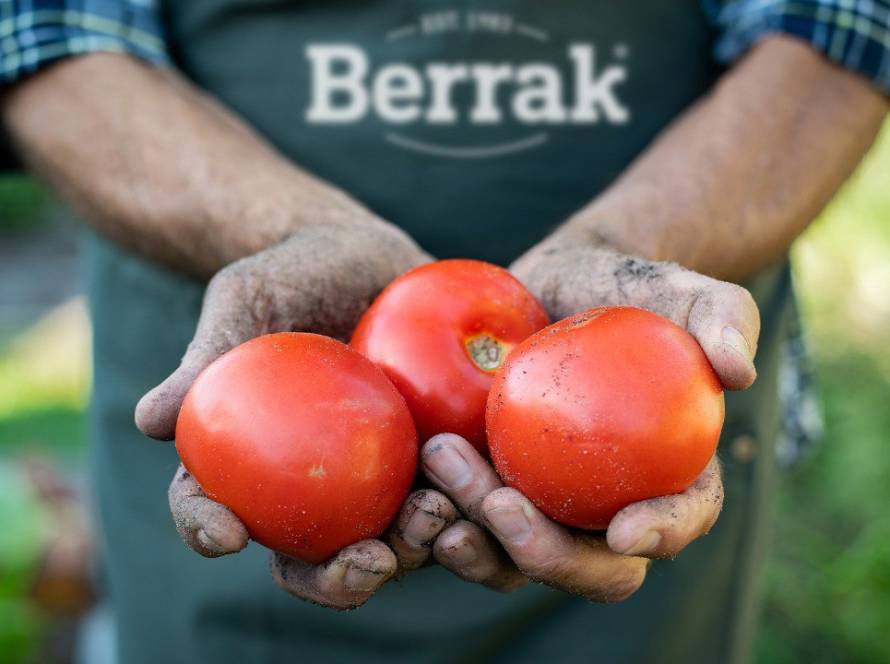Soil has been a resource that has fed people and nourished their culture for thousands of years. Traditional agriculture was shaped by being in harmony with nature, relying on intuition, and passing down knowledge from generation to generation. However, the world now demands producing more with fewer resources, ensuring sustainability, and taking measures against the climate crisis.
At this point, one of the technological advancements stepping in is sensor-supported agricultural applications. Yet the question still lingers in minds: “Can these technologies understand the soil without killing the soul of traditional agriculture?”
The Wisdom of Traditional Agriculture
Traditional agriculture is the world of farmers who can interpret meaning from the scent of the soil, the direction of the wind, and the tone of the sky. Each region has its own agricultural memory suited to its ecosystem, respectful of seasonal cycles. This memory is written not with scientific data, but with experience, observation, and intuition.
However, unfortunately, this wisdom is no longer sufficient on its own in the face of climate change and rapid population growth. Agriculture is no longer just about “knowing when to plant”; it now involves much more complex responsibilities, such as optimizing yield, using water correctly, and reducing risks.
What Do Sensors Offer?
Modern sensors used in agriculture enable continuous monitoring of the soil, air, and plants. Here are some examples:
- Soil moisture sensors: Indicate when the plant needs watering.
- pH sensors: Determine fertilization strategies based on the soil’s acid-base balance.
- Light and temperature sensors: Optimize the plant’s growth environment.
- Leaf sensors: Detect if the plant is under stress, giving early warning of diseases.
These data can be integrated into mobile applications, digital dashboards, or automated irrigation systems. Thus, the farmer acts not with instantaneous decisions, but with data-supported strategies.
Is It Possible Together?
Traditional agriculture and technology are not rivals; they can complement each other. Here’s how:
- Traditional wisdom determines “which crop” the soil is suitable for, while sensors answer “how to best grow that crop.”
- Ancestral methods are re-validated and strengthened with sensor data.
- Local farmers make more informed decisions using sensor technology; it ensures collaboration with nature, not intervention.
In short, sensors are a modern tool for understanding the soil. But the one who understands the soil best is still the farmer who lives with it and forms an intuitive bond.
Sustainability and Cultural Continuity
Sensor-based agriculture plays a critical role not only in increasing yield but also in reducing water waste, lowering pesticide use, and establishing production systems resilient to the climate crisis. However, this transformation requires an important sensitivity: Traditional knowledge and culture must not be lost. Because technology becomes truly sustainable only when it respects cultural memory.
The Soil Speaks, There Should Be Many Who Listen
The soil is already speaking. It sometimes tells this through a cracking surface, sometimes a yellowing leaf, sometimes a drying stream. Sensors can help us understand this language more clearly and earlier. But the real issue is this: We must listen to the soil not only with data, but with respect, intuition, and knowledge passed down from the past. When the spirit of traditional agriculture comes together with the power of technological transformation, a more efficient and more conscious agriculture will be possible in the future.





